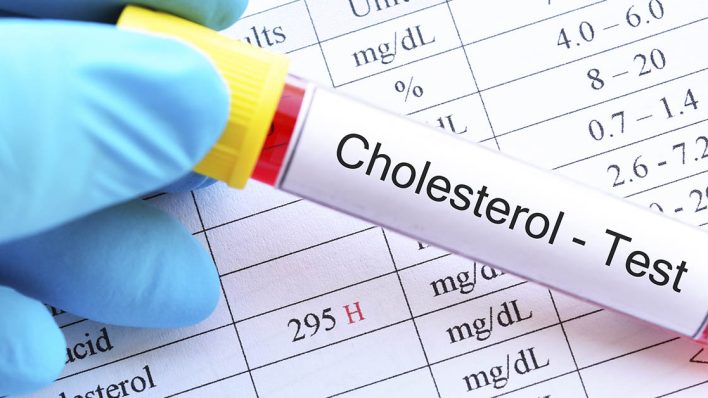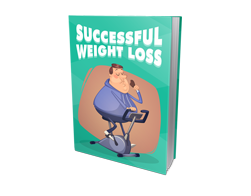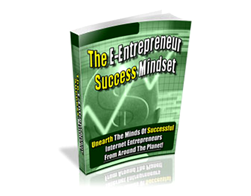Cholesterol is a waxy, fat-like substance found in every cell of the body, playing a crucial role in hormone production, vitamin D synthesis, and digestion.
While the body requires cholesterol for various functions, excessive levels can lead to health complications, particularly high blood cholesterol.
At the end of the day, milia are harmless. Apart from its unpleasant appearance, it won’t hurt us and will go away in its own time. If you are concerned about your milia and wish to treat it, then speak with your doctor about an appropriate way to do that. Otherwise, just let these little bumps do their thing, and they’ll soon be on their way.
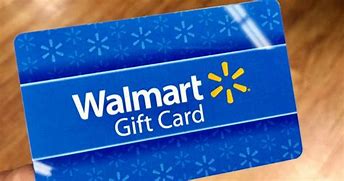




Giveaway Free E-BOOK

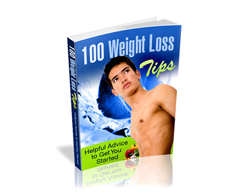
How To Watch Any Movies / TV Shows Online For Free
Say no to monthly subscription, download and stream movies free

Giveaway Free E-BOOK


How To Watch Any Movies / TV Shows Online For Free
Say no to monthly subscription, download and stream movies free

The body obtains cholesterol from two primary sources: the liver, which naturally produces all the cholesterol needed, and dietary animal products such as meat, poultry, eggs, and dairy. These foods are often rich in saturated and trans fats, which can prompt the liver to generate more cholesterol than necessary. A combination of unhealthy eating habits and genetic predisposition can contribute to elevated cholesterol levels.
00:06
04:43
Types of Cholesterol
Cholesterol is carried through the bloodstream by lipoproteins, which come in two main types:
• Low-density lipoprotein (LDL) – Known as “bad” cholesterol, high LDL levels can lead to plaque buildup in the arteries, increasing the risk of heart disease.
• High-density lipoprotein (HDL) – Often called “good” cholesterol, HDL helps remove excess cholesterol from the bloodstream, lowering the risk of cardiovascular issues.
The Dangers of High LDL Cholesterol
Excess LDL cholesterol can accumulate in the arteries, forming plaque that narrows or blocks blood flow. This can lead to serious health conditions, including:
1. Heart Attack – Blocked blood flow to the heart.
2. Stroke – Restricted blood flow to the brain.
3. Peripheral Artery Disease – Reduced circulation to the limbs.
Another type of harmful cholesterol, very low-density lipoprotein (VLDL), is not typically measured in standard tests but is linked to high triglyceride levels and increased cardiovascular risk.
Managing Cholesterol: The 3 C’s Approach
To maintain healthy cholesterol levels, follow the 3 C’s strategy:
1. Check – Regularly monitor cholesterol levels to assess health risks.
2. Change – Adopt healthier lifestyle choices, including diet and exercise.
3. Control – Work with a healthcare provider to manage cholesterol effectively.
Statin Medications: Pros and Cons
Statin drugs are the most widely used treatment for lowering LDL cholesterol. These medications can reduce LDL levels by up to 60%, significantly decreasing the risk of heart disease, stroke, and mortality. However, statins may have potential side effects, including an increased risk of diabetes, muscle pain, and, in rare cases, hemorrhagic stroke. Despite these risks, research suggests that the benefits of statins generally outweigh their drawbacks for most patients.
A Holistic Approach to Lowering LDL Cholesterol
Before making any lifestyle or dietary changes, consult a healthcare provider for guidance. Several holistic strategies can complement conventional treatments, including:
Heart-Healthy Diets
• DASH Diet – Developed to reduce blood pressure, this diet focuses on whole foods, lean proteins, and limited sodium intake.
• Ornish Diet – A strict vegetarian diet that eliminates animal products and oils, shown to lower LDL cholesterol effectively.
• Portfolio Diet – Emphasizes adding cholesterol-lowering foods such as nuts, plant proteins, viscous fibers, and plant sterols, which can reduce cholesterol by up to 30%.
Evidence-Based Supplements
• Garlic – While not a medically approved cholesterol-lowering treatment, garlic has shown short-term benefits.
• Soluble Fiber – Found in oats, psyllium, and pectin, soluble fiber helps lower LDL cholesterol levels.
• Phytosterols – Naturally occurring plant compounds that reduce cholesterol absorption, found in vegetable oils, nuts, and seeds.
• Niacin (Vitamin B3) – Helps raise HDL (“good” cholesterol) and lower triglycerides but should be used cautiously, particularly for those already on cholesterol medications.
Final Thoughts
For those considering a natural approach to cholesterol management, it’s essential to consult a healthcare provider before discontinuing any prescribed medication. Proper medical guidance ensures a safe transition, whether combining statins with other treatments or exploring alternative therapies. A balanced approach—incorporating diet, exercise, and medical oversight—offers the best path to long-term heart health.
